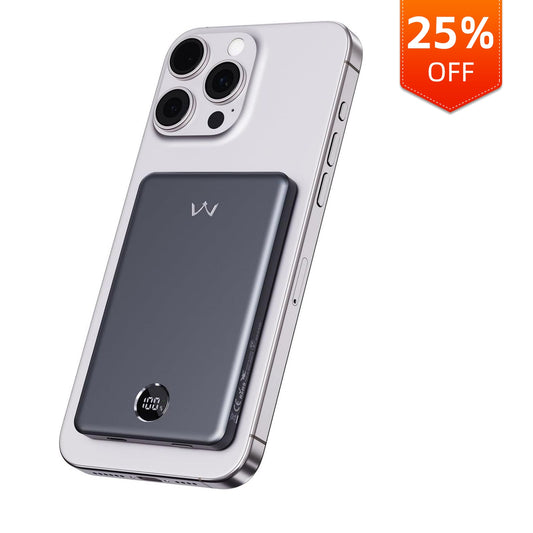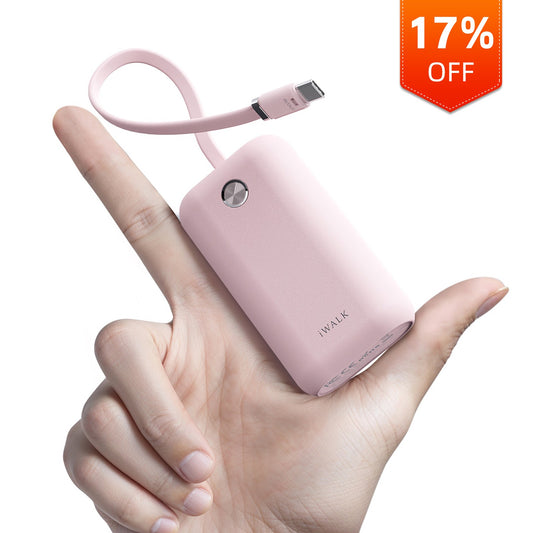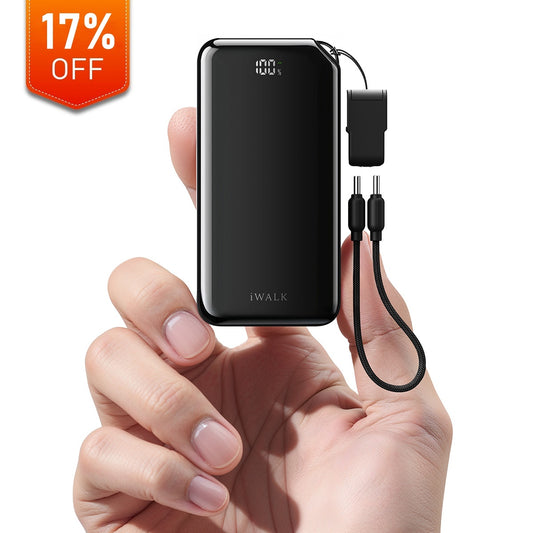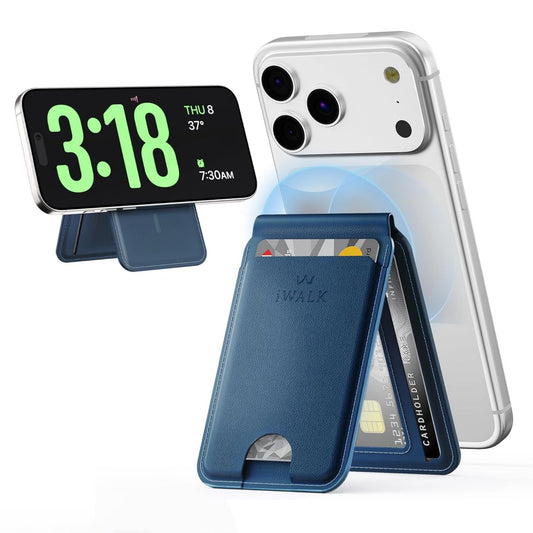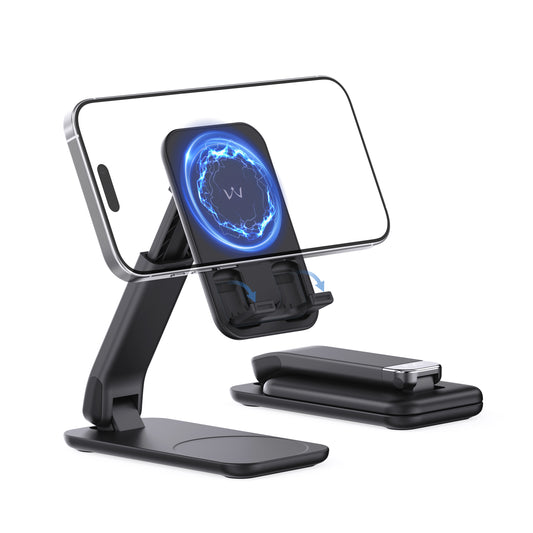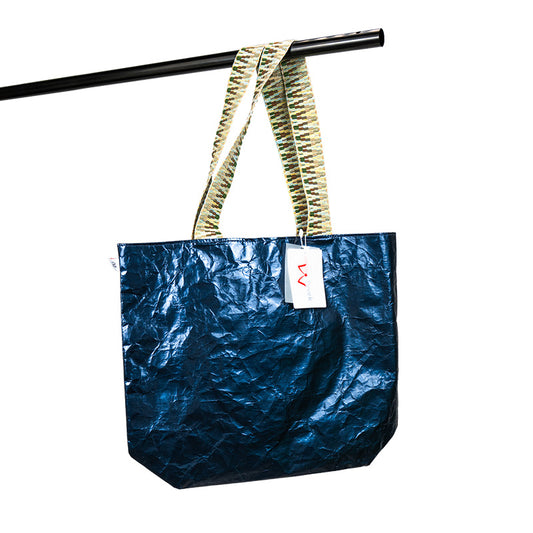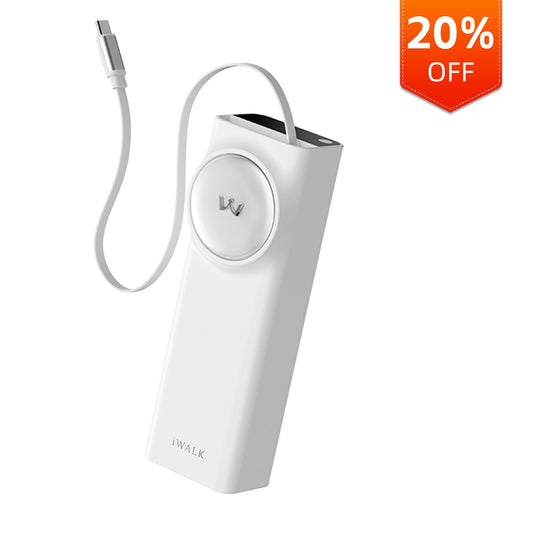-
iWALK PowerStand Show | 5000mAh Magnetic Charger with Mirror & Stand
Regular price From $25.99Regular priceUnit price per$39.99Sale price From $25.99Sale -
iWALK PowerSlim 5000| 5000mAh Ultra-Slim Magnetic Power Bank
Regular price $29.99Regular priceUnit price per$39.99Sale price $29.99Sale -
iWALK PowerMini|Built-in Cable, 22.5W USB-C Fast Charging Power Bank
Regular price $24.99Regular priceUnit price per$29.99Sale price $24.99Sale -
iWALK MacroGo10000 | 30W Fast Charger with Stand & USB-C Lanyard
Regular price $24.99Regular priceUnit price per$29.99Sale price $24.99Sale -
iWALK MagStand Wallet|MagSafe Stronger Magnetic Slim Leather Phone Wallet
Regular price $19.99Regular priceUnit price per$19.99Sale price $19.99 -
iWALK StandMe Duogrip|Foldable Magnetic Phone Stand
Regular price $19.99Regular priceUnit price per$19.99Sale price $19.99 -
iWALK x Tyvek Eco Bag
Regular price $25.99Regular priceUnit price per$29.99Sale price $25.99Sale -
iWALK LinkPodReel Slim | 30W, Retractable 1.97ft Cable Power Bank
Regular price $28.99Regular priceUnit price per$39.99Sale price $28.99Sale -
iWALK LinkPod Reel 20000|65W Built-in 2.3ft Cable Power Bank
Regular price $43.99Regular priceUnit price per$54.99Sale price $43.99Sale -
iWALK PowerStand 10000 |Adjustable Stand Magnetic Power Bank
Regular price $28.99Regular priceUnit price per$56.99Sale price $28.99Sale -
iWALK LinkPod 5000S|22.5W Upgraded Sparkly Diamond Portable Charger
Regular price From $25.99Regular priceUnit price per$39.99Sale price From $25.99Sale -
iWALK LinkPod 5 | 5500mAh, 22.5W USB-C Portable Charger
Regular price From $25.99Regular priceUnit price per$39.99Sale price From $25.99Sale -
iWALK LinkPod Switch|with 2-in-1 Connector Portable Charger
Regular price From $25.99Regular priceUnit price per$39.99Sale price From $25.99Sale


